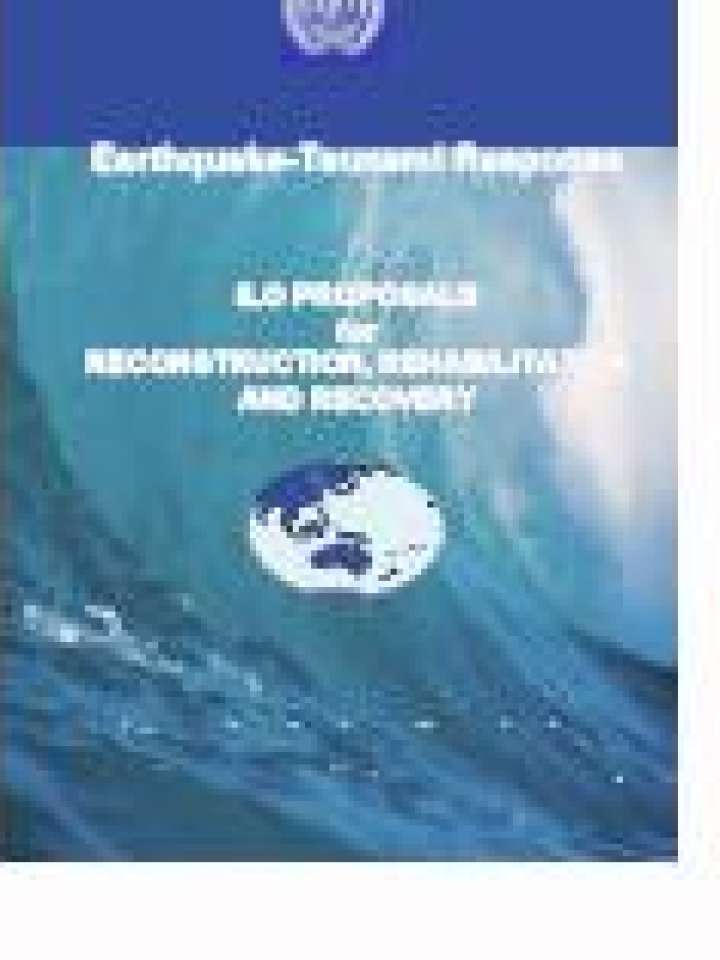Earthquake-tsunami response: ILO proposals for reconstruction, rehabilitation and recovery
The UN Secretary-General described the December 26, 2004 catastrophe as "the largest natural disaster the Organization has had to respond to on behalf of the world community, in the 66 years of our existence". Twelve countries in Asia and Africa were affected. The tsunamis flooded coastal areas, wiped away homes and buildings, roads and bridges, water and electricity supplies, crops, irrigation and fishery infrastructure, productive assets and small businesses. The disaster affected poor communities where people mainly lived off the sea and marginal land, as well as destroying or badly damaging a number of towns. Their livelihoods have been destroyed and they have been stripped of their meagre possessions.
Even during the early emergency relief period, the affected countries have emphasized the importance of early planning and action for socio-economic recovery towards employment and livelihoods generation. Employment is core at all stages of disaster management and response. It is an immediate as well as a development need, thus requiring that job creation be an integral part of both humanitarian and reconstruction response. This is where the ILO has a specific role and comparative advantage - to promote employment-intensive recovery, giving special attention to the needs of the most vulnerable groups and the (re)establishment of social protection mechanisms. Of course, the ILO role would be coordinated as part and parcel of the wider government and multilateral effort.
Explore further
